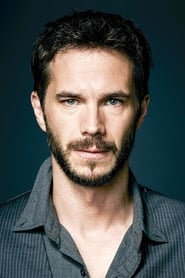
Dinofish(2013)
Coelacanth (SEEL-uh-kanth): a large fish with limblike fins, armored scales and a tail that no other living fish possesses. This prehistoric fish was thought to have died out with the dinosaurs in the great extinction. It has laid hidden deep in our oceans undisturbed and undetected for 70 million yearsa true living fossil. The coelacanth is thought to be related to the creatures that grew legs, breathed air and came ashore nearly 400 million years ago.


Movie: Dinofish

Dinofish
HomePage
Overview
Coelacanth (SEEL-uh-kanth): a large fish with limblike fins, armored scales and a tail that no other living fish possesses. This prehistoric fish was thought to have died out with the dinosaurs in the great extinction. It has laid hidden deep in our oceans undisturbed and undetected for 70 million yearsa true living fossil. The coelacanth is thought to be related to the creatures that grew legs, breathed air and came ashore nearly 400 million years ago.
Release Date
2013-01-04
Average
0
Rating:
0.0 startsTagline
Genres
Languages:
EnglishKeywords
Similar Movies
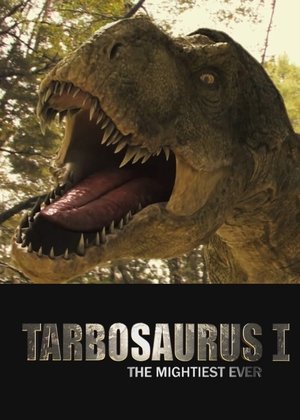 0.0
0.0Tarbosaurus, The Mightiest Ever(ko)
Tarbosaurus: The Mightiest Ever is a South Korean adventure drama film directed by Han Sang-Ho. A spiritual prequel to The Dino King, sharing various themes with the movie and also being directed by Han Sang-Ho, this film follows the life of a Tarbosaurus family made up of Patch, (the father of Speckles from The Dino King), his two siblings and their mother in prehistoric South Korea.
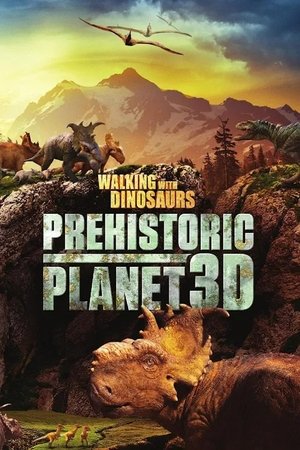 6.0
6.0Walking with Dinosaurs: Prehistoric Planet 3D(en)
In this journey through the seasons, you’ll experience a year in the life of hundreds of plant-eating dinosaurs. From the moment they hatch, these prehistoric giants face natural disasters and ferocious predators while hunting, feeding, playing, and undertaking epic migrations. Based on scientific data, the digital dinosaurs come to life against the backdrop of modern Alaska.
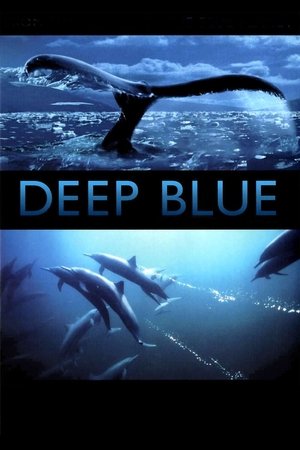 6.8
6.8Deep Blue(en)
Deep Blue is a major documentary feature film shot by the BBC Natural History Unit. An epic cinematic rollercoaster ride for all ages, Deep Blue uses amazing footage to tell us the story of our oceans and the life they support.
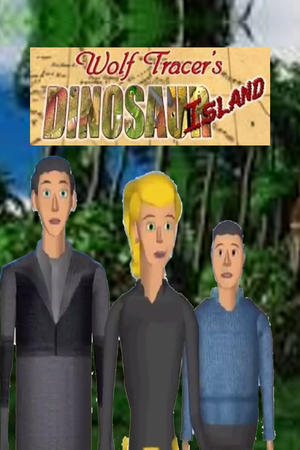 3.2
3.2Wolf Tracer's Dinosaur Island(en)
Deep sea fishing expedition comes to a halt when a freak storm appears and passengers are washed ashore. Youngsters help the survivors avoid endless hazards and the evil island leader while they try to escape being devoured by the rampaging ravenous carnivores of Dinosaur Island.
 0.0
0.0River of Gold(en)
Narrated by Academy Award winners Sissy Spacek and Herbie Hancock, River of Gold is the disturbing account of a clandestine journey into Peru's Amazon rainforest to uncover the savage unraveling of pristine jungle. What will be the fate of this critical region of priceless biodiversity as these extraordinarily beautiful forests are turned into a hellish wasteland?
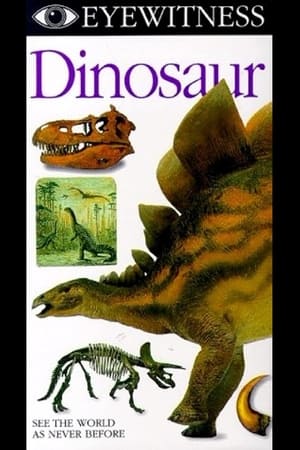 6.0
6.0Eyewitness: Dinosaur(en)
Become a paleontologist and piece together the facts behind these real-life monsters. Experience the process of discovery from start to finish - the excitement of digging, reconstruction, and the realization of what dinosaurs might actually have looked like.
The Lost World(en)
Arthur Conan Doyle's "Lost World" performed live as a filmed audio drama.
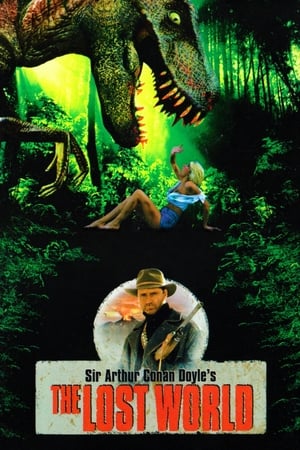 4.8
4.8The Lost World(en)
A scientist discovers dinosaurs on a remote plateau in Mongolia.
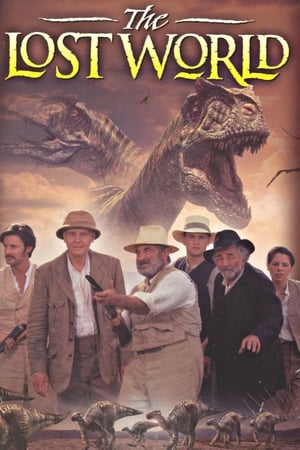 6.0
6.0The Lost World(en)
This Lost World is a splendid BBC TV dramatisation of Sir Arthur Conan Doyle's famous adventure story. Bob Hoskins makes an unusually genial Professor Challenger, far less of a bully than Doyle's character, but his slightly stereotyped companions are nicely filled out by a solid cast. James Fox is Challenger's more timid but still covertly adventurous rival, Tom Ward is the moustachioed big game hunter who faces an Allosaurus with an elephant gun, and Matthew Rhys plays the tagalong reporter hoping to impress his faithless fiancée.
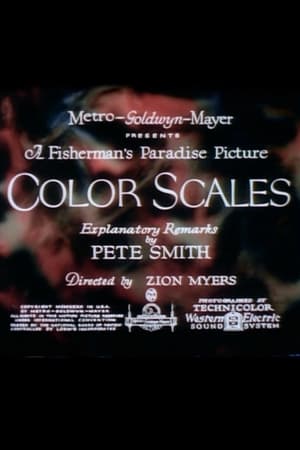 6.0
6.0Color Scales(en)
This humorous short film shows various species of tropical fish at the Steinhart Aquarium in San Francisco, California.
 6.8
6.8The Day the Dinosaurs Died(en)
Investigates the greatest vanishing act in the history of our planet - the sudden disappearance of the dinosaurs 66 million years ago.
 7.2
7.2Prehistoric Park(en)
A BBC miniseries about Nigel Marvin's quest to bring the extinct dinosaurs through time to Prehistoric Park.
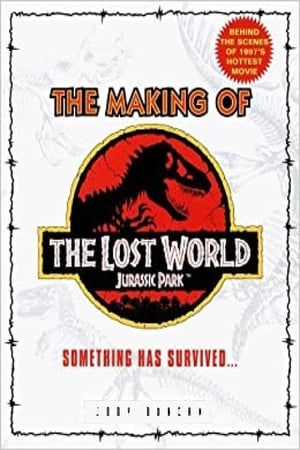 6.8
6.8The Making of 'The Lost World'(en)
Behind-the-scenes documentary about the making of director Steven Spielberg's 1997 film "The Lost World."
 0.0
0.0Wild Flight: Conquest of the Skies 3D(en)
The ability to fly is one of the greatest miracles in the natural world. Millions of creatures soar above our heads today, using a fabulous variety of techniques to defy gravity and master their aerial environment. Wild Flight: Conquest of the Skies 3D uses the very latest science and stunning special effects to uncover the 300-million-year story of flight as never before. The most advanced filming technology allows us to show the beauty and excitement of life on the wing, from the fastest predatory falcons to the most acrobatic of insects, night flyers like owls and bats, and the soaring and gliding specialists capable of traveling huge distances. Audiences will truly enter the amazing world of these remarkable animal aviators, and leave the theatre both stunned by the spectacle and thrilled by the story of Wild Flight: Conquest of the Skies.
 6.8
6.8To the Sea(es)
Before leaving for Rome with his mother, five year old Natan is taken by his father, Jorge, on an epic journey to the pristine Chinchorro reef off the coast of Mexico. As they fish, swim, and sail the turquoise waters of the open sea, Natan discovers the beauty of his Mayan heritage and learns to live in harmony with life above and below the surface, as the bond between father and son grows stronger before their inevitable farewell.
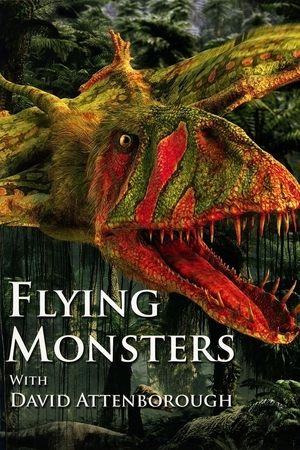 7.0
7.0Flying Monsters 3D with David Attenborough(en)
220 million years ago dinosaurs were beginning their domination of Earth. But another group of reptiles was about to make an extraordinary leap: pterosaurs were taking control of the skies. The story of how and why these mysterious creatures took to the air is more fantastical than any fiction. In Flying Monsters 3D, Sir David Attenborough the world’s leading naturalist, sets out to uncover the truth about the enigmatic pterosaurs, whose wingspans of up to 40 feet were equal to that of a modern day jet plane.
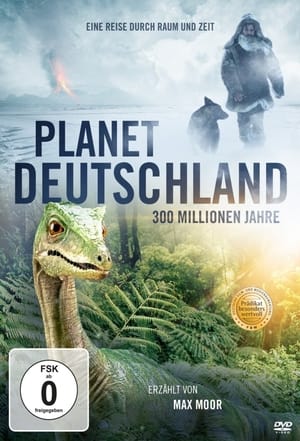 6.5
6.5Planet Deutschland - 300 Millionen Jahre(de)
Documentary tells the story of Germany's origins from the Carboniferous period to the present day. It leads from the highest Alpine peaks to the rugged North Sea coasts - from the craters of the Eifel to the river labyrinth of the Spreewald. Back then - around 300 million years ago - giant dragonflies, for example, buzzed through dozens of meter-high fern forests. In the course of the Earth's history, however, we also encounter dying dinosaurs, meet rhinos and elephants on the Rhine and come across what is probably the first human in Heidelberg. Later, the Neanderthals appear and suddenly disappear again - for reasons that are still unknown. And finally, modern humans gradually spread and began to shape their environment.
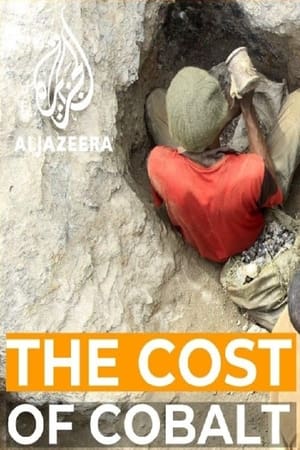 0.0
0.0The Cost of Cobalt(en)
In the cobalt mining areas of Katanga in the Democratic Republic of the Congo (DRC), babies are being born with horrific birth defects. Scientists and doctors are finding increasing evidence of environmental pollution from industrial mining which, they believe, may be the cause of a range of malformations from cleft palate to some so serious the baby is stillborn. More than 60% of the world’s reserves of cobalt are in the DRC and this mineral is essential for the production of electric car batteries, which may be the key to reducing carbon emissions and to slowing climate change. In The Cost of Cobalt we meet the doctors treating the children affected and the scientists who are measuring the pollution. Cobalt may be part of the global solution to climate change, but is it right that Congo’s next generation pay the price with their health? Many are hoping that the more the world understands their plight, the more pressure will be put on the industry here to clean up its act.
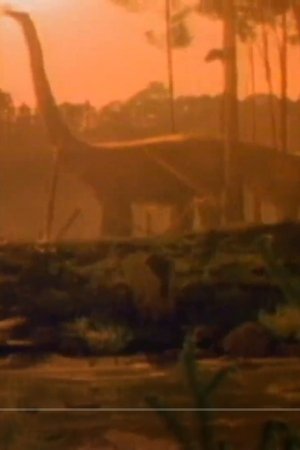 7.0
7.0Dinosaur Secrets Revealed(en)
Dinosaurs roamed and ruled earth for more than 150-million years, then suddenly vanished leaving only fossils to fascinate and befuddle us. In a feature-length unique approach to historical analysis of these creatures, we don't focus on the latest technology or the most controversial theory. Instead, we look chronologically at what we've gotten wrong about dinosaurs throughout the short history of scientific study of these magnificent, misunderstood creatures, and see where paleontologists are digging today.
 8.0
8.0How to Build a Dinosaur(en)
Dinosaurs died out 65 million years ago and we have hardly ever found a complete skeleton. So how do we turn a pile of broken bones into a dinosaur exhibit? Dr Alice Roberts finds out how the experts put skeletons back together, with muscles, accurate postures, and even - in some cases - the correct skin color. Here's a conundrum. Most dinosaur skeletons are incomplete, so how do you create museum exhibits that are realistic? As Dr Alice Roberts discovers, it's a practical question for those putting together an exhibition at LA County's Natural History Museum, who have to design dynamic, punter-pleasing displays that also reflect the latest thinking in paleontology circles.
